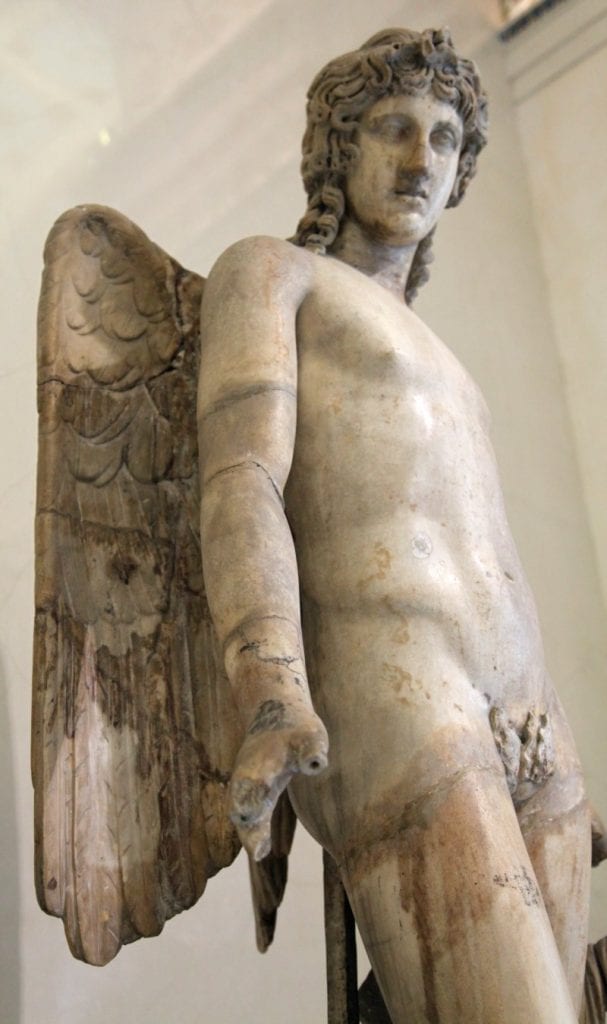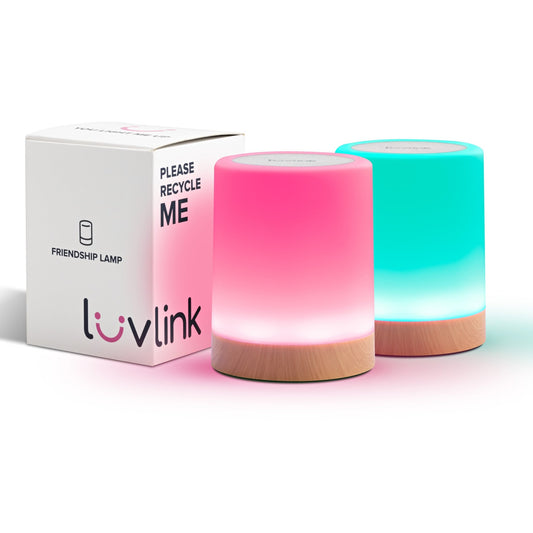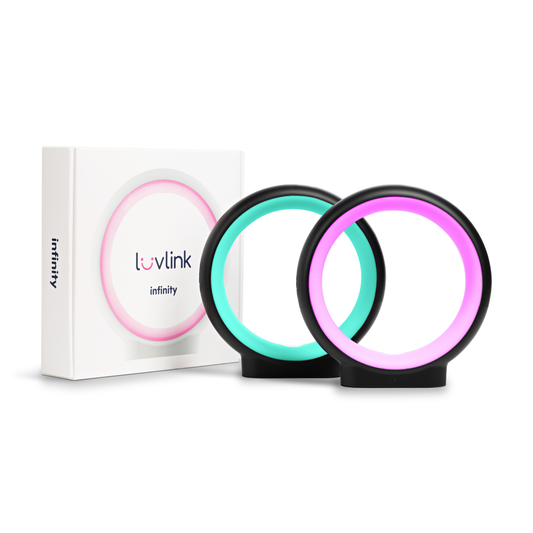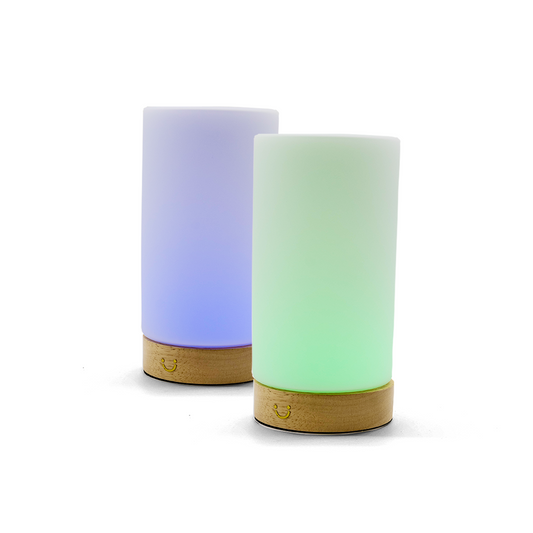Did you know that the Valentine's Day gifts you buy in 2021 are expected to contribute to the massive $21.8 billion that will be spent on buying gifts this year? Do you know that if each guy spent $33 on gifts, no less than 662.9 million women would receive flowers, chocolates, and flowers this year? That's the entire female population of India!!
Origins of Valentine's Day
This whopping holiday idea is not the brainchild of Hallmark, as everyone thinks. It's much older than that. Hallmark merely took Valentine's Day cards to the next level by mass-producing them for the public to show their undying love for their significant other. The rest was history, in fact, long before 1913. Here are some awesome facts about Valentine's Day that you can throw around with friends and family to show just how well-read you are. Well, read on.
- Two men, both named Valentine, were executed in different years on February 14 during the 3rd century A.D. The Roman Catholic Church honored their martyrdom by celebrating St. Valentine's Day. The Roman Emperor at the time was Claudius the Second (Claudius II), and the story itself is more legend than historical fact due to several reasons.
- The Romans also celebrated a festival called Lupercalia between February 13 and 15. During this annual feast, it is said that the men would sacrifice a goat and a dog, for fertility and purity, respectively. They would then make strips of the goat hide, dip them in the blood from the sacrifice, and then go around gently slapping the city's women and crops with them. It was a welcome gesture at the time, and the women believed the ritual would make them more fertile in the year ahead.
- In the 5th Century, Pope Gelasius I is said to have combined both these feasts to do away with the pagan ritual part of their celebration. He officially set Valentine's Day on February 14.
- Interestingly, Valentine's Day cards were handmade as early as the Middle Ages, and writers and poets began romanticizing this special holiday.
- After the Industrial Revolution of the late 19th century, factory-made cards were available, and Hallmark Cards inked its name in history forever by mass-producing them from 1913 onward.
That's how most historians interpret the history of Valentine's Day. So, when did Cupid actually feature in this holiday of love?
How Eros became Cupid
Believe it or not, that chubby boy with wings was once a fully-grown adult male! This is him below:

Statue of Eros, 2nd century. Roman, after a Greek original of the first half of the 4th century BC. In Greek mythology, Eros was the God of Love. His Roman equivalent was Cupid. Found in the collection of The Hermitage, St Petersburg. (Photo by The Art Collector/Print Collector/Getty Images)
Okay, so this guy was known to be somewhat of a lady-killer himself, but his specialty was to cause mayhem in the hearts of mortals by making men and women fall in love. The power that Eros (meaning "desire") held over man (and woman) was considered at the time to be far more sinister than the innocent deeds of the little winged boy we know and love today. Here's how Sophocles described the power of Eros in his play,
Antigone:
invincible in battle, who falls upon men’s property, you who spend the night upon the soft cheeks of a girl, and travel over the sea and through the huts of dwellers in the wild! None among the immortals can escape, you, nor any among mortal men, and he who has you is mad.
But by the time the Greeks were done with him, they had watered him down quite a bit. His acts were reduced to that of a man who was only doing his mother's bidding. The mother, of course, was Aphrodite, the Goddess of Love herself. By then, the standing of women in Greek society had fallen, and all of his atrocities were blamed on the mother. It was most definitely a man's world!
When the Romans became the dominant civilization, their nobility looked up to Greek society as superior; hence, they adopted most of their gods and gave them Roman names that were rough synonyms of their Greek equivalents.
| GREEK NAME |
ROMAN NAME |
ROLE |
| ZEUS |
JUPITER |
King of the Gods |
| HERA |
JUNO |
Goddess of Marriage |
| POSEIDON |
NEPTUNE |
God of the Sea |
| CRONUS |
SATURN |
Youngest son of Uranus, Father of Zeus |
| APHRODITE |
VENUS |
Goddess of Love |
| HADES |
PLUTO |
God of the Underworld |
| HEPHAESTUS |
VULCAN |
God of the Forge |
| DEMETER |
Ceres |
Goddess of the Harvest |
| APOLLO |
Apollo |
God of Music and Medicine |
| ATHENA |
MINERVA |
Goddess of Wisdom |
| ARTEMIS |
DIANA |
Goddess of the Hunt |
| ARES |
MARS |
God of War |
| HERMES |
Mercury |
Messenger of the Gods |
| DIONYSUS |
Bacchus |
God of Wine |
| PERSEPHONE |
Proserpine |
Goddess of the Underworld |
| EROS |
CUPID |
God of Love |
| GAIA |
Terra |
Goddess of Earth |
| HYPNOS |
Somnus |
God of Sleep |
| RHEA |
Ops |
Mother of Zeus / Wife of Cronus |
| URANUS |
Uranus |
Father of the Titans |
| NIKE |
Victoria |
Goddess of Victory |
| EOS |
Aurora |
Goddess of the Dawn |
| PAN |
Faunus |
God of shepherds |
| SELENE |
Luna |
Goddess of the Moon |
| HELIOS |
Sol |
God of the Sun |
| HERACLES |
Hercules |
Son of Zeus |
| ODYSSEUS |
Ulysses |
Greek Hero |
And from then on, Cupid has been the cherub-like boy who created relationships rather than forcing people to fall in love with each other. The modern-day version of him is reminiscent of what the Romans brought over from Greece as their own version of Eros.

Venus and Cupid', circa 18th century. Painting in Brodsworth Hall, South Yorkshire. Artist Unknown. (Photo by Historic England Archive/Getty Images)
LOVE Times Nine
In the words of the unstoppable Tina Turner, WHAT'S LOVE GOT TO DO WITH IT?
The problem with modern society, meaning English-speaking cultures, is that we don't have the extensive vocabulary that the Greeks did to express love in its myriad forms. As a result, the word "love" has been used over and over again ad nauseam, until entire sections of society started hating that word.
But if we rewind to Grecian times, we see that 'love' wasn't a bundled-up concept. It had distinct meanings in different contexts. They had no less than nine different words for love. Here are the words the Greeks used in place of the generic 'love.'
Philautia - This is the love of oneself or self-love. In the extreme, this becomes narcissism - again, from the Greek character Narcissus, who fell in love with his own reflection in a pool of water. But when
Philautia is in balance, it helps us love and care for others.
Philia - This type of love is what we call friendship or brotherly love (Philadelphia = Phileo or to love + Adelphos or brother), and what the Greeks called 'love without physical attraction'; in other words, Platonic love. In fact,
Philia was one of the highest forms of love - even above
Eros - because it was invariably seen between people who treated each other as equals. If you've read some of our other blog articles, you'll see that
soulmates and people in
very healthy relationships share this type of love in addition to other forms. It is a core trait of a mature relationship, whether between friends or between lovers. This is 'Bestie' at its very best!
Ludus - This is the early stage of
Eros, when our love is the playful kind. This is when flirting and teasing take center stage over actual courtship. It is accompanied by a sense of lightheartedness and euphoria.
Ludus typically happens when two people "hit it off" romantically but still want to keep it light and easy, without the complications of something deeper.
Eros - This is what we know today as love, and it involves physical attraction and desire. Unfortunately, Eros has almost wholly usurped the positions of all the other kinds of love. It's gotten so bad that men are afraid to tell other men that they love them because society will inevitably misconstrue it to be
Eros rather than
Philia,
Storge, or
Pragma, as you'll see.
Pragma - This type of love is probably the hardest to develop because it goes far beyond casual love or even romantic love. It can only be seen in very mature relationships that have evolved over time. Most often, a lot of effort will have gone into building such a relationship.
Storge - This type of love is born of familiarity or kinship, as in the love of family members for each other, or childhood friends when they reach adulthood and are as close as ever. It is a very blind and trusting kind of love that expects only good things.
Mania - Yes, even love-craziness and intense passion is a type of love. The Greeks believed it was caused by an imbalance between
Ludus and
Eros, causing a type of madness where one person is obsessed with another. Stalk much? Nowadays the word 'mania' is used to describe any kind of obsessive behavior, but this is where it originated - as a form of love.
Meraki - This type of love is expressed as devotion to an endeavor. You do something simply for the love of it. Like climbing Mount Everest or cooking a meal for your wife. There's a subtle difference there, obviously, because doing something for another person and doing something for its own sake are two different things. What they share is the
Meraki of the actual doing part.
Agape - Considered to be the highest form of love, this type of love is selfless and unconditional. It transcends all boundaries. Unlike other types of love, it is free from expectations and desires. It just is. In the bible, it is described as "the fatherly love of God for humans."
Valentine's Day Trivia
Now for some more fun facts about Valentine's Day...
- Did you know that the 5th Century Normans had a day called Galatin's Day? The word means 'lover of women' and is likely to have been mixed up with the more somber Catholic feast of St. Valentine or Valentine's Day.
- The most purchased item on Valentine's Day in 2020? Nope, not candy or chocolates or flowers. It's jewelry, at $5.8 billion. An evening out came next, at $4.3 billion, and candy was at a distant third place with only $2.4 billion.
- Valentine's Day is only the second most popular occasion for card-giving. The first - no surprises here - is Christmas Day.
- Of all the people who buy flowers on Valentine's Day, 27% are women.
- Over 1 billion cards and 50 billion roses are bought every year on February 14.
- The oldest Valentine's Day card is from the 1400s and is now at the British Museum in London.
- In the nineteenth century, during the Victorian Era, it was considered a sign of bad luck to put your signature on a Valentine's Day card. That and the fact that most commoners didn't even know how to write their names is why most put an X on it and kissed it.
- At least 9 million people around the world get a gift for their beloved pet on Valentine's Day.
- California grows 60% of all red roses bought in America every year, but for the two weeks preceding Valentine's Day and on the day itself, more than 80% of the 1+ billion red roses purchased are imported from Colombia.
- Did you know that thousands of Valentine's Day cards are sent to the City of Verona in Italy every year? And they're all addressed to Juliet, the fictitious character from Shakespeare's play Romeo and Juliet!
- More than 220,000 men and women propose marriage to their beloved on Valentine's Day
- The first Valentine's Day candy box was invented by none other than Richard Cadbury, the second son of the Cadbury's brand, Quaker John Cadbury.

By Original uploader Oosoom at en.wikipedia - Transfered from en.wikipedia, CC BY-SA 3.0, https://commons(dot)Wikimedia(dot)org/w/index(dot)php?curid=3185852
- In the belief that they would dream of their future husbands, girls in Medieval Times ate weird foods such as a boar's head stitched on to the body of a turkey, or a nicely roasted hedgehog!
- In Japan, it's the women who give chocolates to their male Valentines on February 14. The following month, on March 14, the men reciprocate on White Day.
- We've all heard the expression "wearing your heart on your sleeve", right? Well, during the Middle Ages, this was a very literal thing. Men and women would pick a name from a common pot on the morning of February 14, and this person would be their sweetheart for that day. To honor their partner, they would pin the name on their sleeve.
- In South Korea, there are twelve days of love throughout the year, all celebrated on the 14th of each month - Candle Day in January, Valentine’s Day in February, White Day in March, Black Day in April, Rose Day in May, Kiss Day in June, Silver Day in July, Green Day (no joke) in August, Music Day in September, Wine Day in October, Movie Day in November, and Hug Day in December. That's a lot of cards for sure!
- 189 million stems of roses are given each year on Valentine's Day. Wait, that's just in the United States. The global figure is around 224 million.
And that brings us to roses: the preferred flower of the besotten.
Buy a pair of friendship lamps today and have one shipped to you and the other to your most precious Valentine. Set them up and connect them to their respective Wi-Fi networks and choose a color for each lamp. When you tap your lamp, hers will light up in your chosen color, and vice versa!
Simple, affordable, ADORABLE!
Facts about Roses for Valentine's Day
A Rose by Any Other Color
Everyone knows that red roses represent passion, love, and romance. But did you know that there are 10 other colors of roses that people give on Valentine's Day, each with its own meaning? Here they are in no particular order:
-
Black - These roses are actually very dark shades of maroon, purple, or red. They convey the sadness that goes with any relationship, or a tragic romance.
-
Yellow - Quite the opposite, the yellow rose represents warmth, happiness, cheer, friendship, and joy.
-
White - New beginnings, charm, innocence, and purity are what the white rose represents. White roses also represent reverence and honor.
-
Pink - A prelude to the raw passion of a red rose, the more subtle pink rose signifies a new friendship or affection for someone you've recently met. Pink symbolizes joy, happiness, and sweetness.
-
Salmon - A subtle way to tell someone you desire them, salmon roses represent hot-blooded passion and a veiled proposal to take things to the next level.
-
Peach - A very neutral hue, peach is the color of gratitude or appreciativeness. Peach roses are a great way to show gratitude to a true friend.
-
Cream - Cream-colored roses can be used along with thank-you notes. Charm and thoughtfulness are what they represent.
-
Lavender - Lavender roses say, "I love you and I want to take this thing further." Lavender is the color of eagerness, hopefulness, expectations, and enchantment.
-
Orange - The orange rose signifies passion in a relationship and denotes excitement, enthusiasm, and energy.
-
Green - Green roses are given when someone has gone through a life-changing episode. It represents rejuvenation, energy, growth, and life.
Roses by Numbers
Apart from the color, the number of roses someone gives also had deep meaning.
1 rose means "thank you" or "I am devoted to you"
2 roses mean "Marry Me!"
6 roses mean "I want to be cherished by you"
11 roses mean "My love is forever faithful, deep, and abiding"
13 roses mean you have a secret admirer!
Buy a pair of friendship lamps today and have one shipped to you and the other to your most precious Valentine. Set them up and connect them to their respective Wi-Fi networks and choose a color for each lamp. When you tap your lamp, hers will light up in your chosen color, and vice versa!
Simple, affordable, ADORABLE!
 Statue of Eros, 2nd century. Roman, after a Greek original of the first half of the 4th century BC. In Greek mythology, Eros was the God of Love. His Roman equivalent was Cupid. Found in the collection of The Hermitage, St Petersburg. (Photo by The Art Collector/Print Collector/Getty Images)
Statue of Eros, 2nd century. Roman, after a Greek original of the first half of the 4th century BC. In Greek mythology, Eros was the God of Love. His Roman equivalent was Cupid. Found in the collection of The Hermitage, St Petersburg. (Photo by The Art Collector/Print Collector/Getty Images) Venus and Cupid', circa 18th century. Painting in Brodsworth Hall, South Yorkshire. Artist Unknown. (Photo by Historic England Archive/Getty Images)
Venus and Cupid', circa 18th century. Painting in Brodsworth Hall, South Yorkshire. Artist Unknown. (Photo by Historic England Archive/Getty Images) By Original uploader Oosoom at en.wikipedia - Transfered from en.wikipedia, CC BY-SA 3.0, https://commons(dot)Wikimedia(dot)org/w/index(dot)php?curid=3185852
By Original uploader Oosoom at en.wikipedia - Transfered from en.wikipedia, CC BY-SA 3.0, https://commons(dot)Wikimedia(dot)org/w/index(dot)php?curid=3185852




